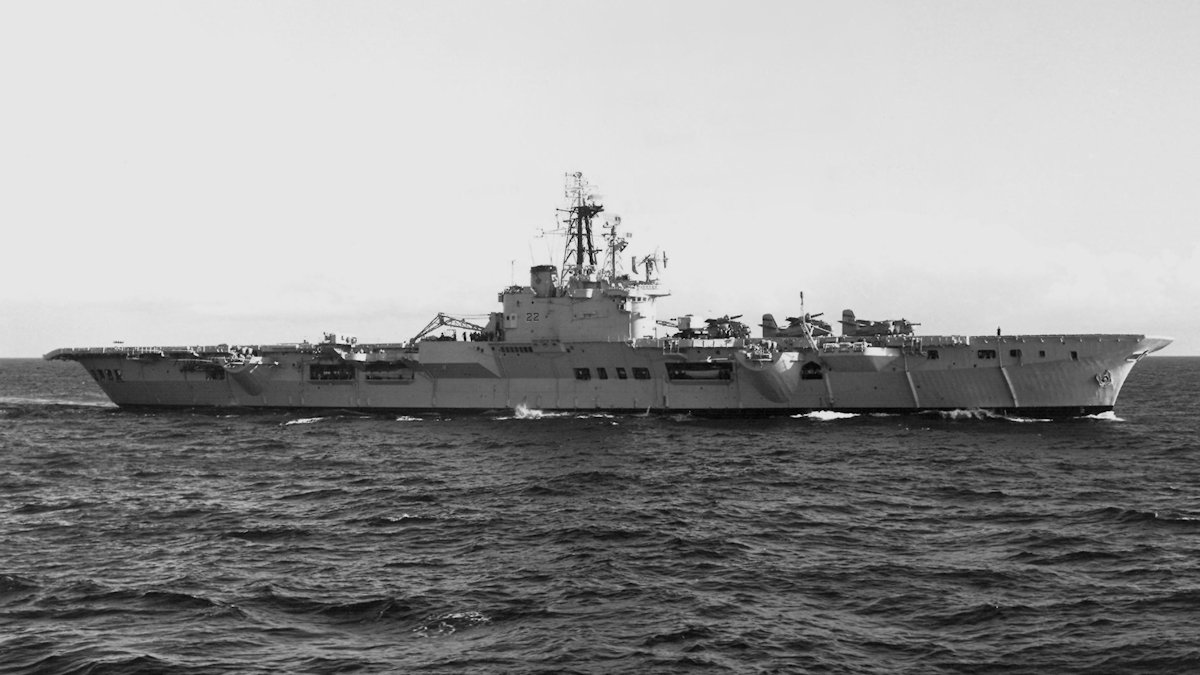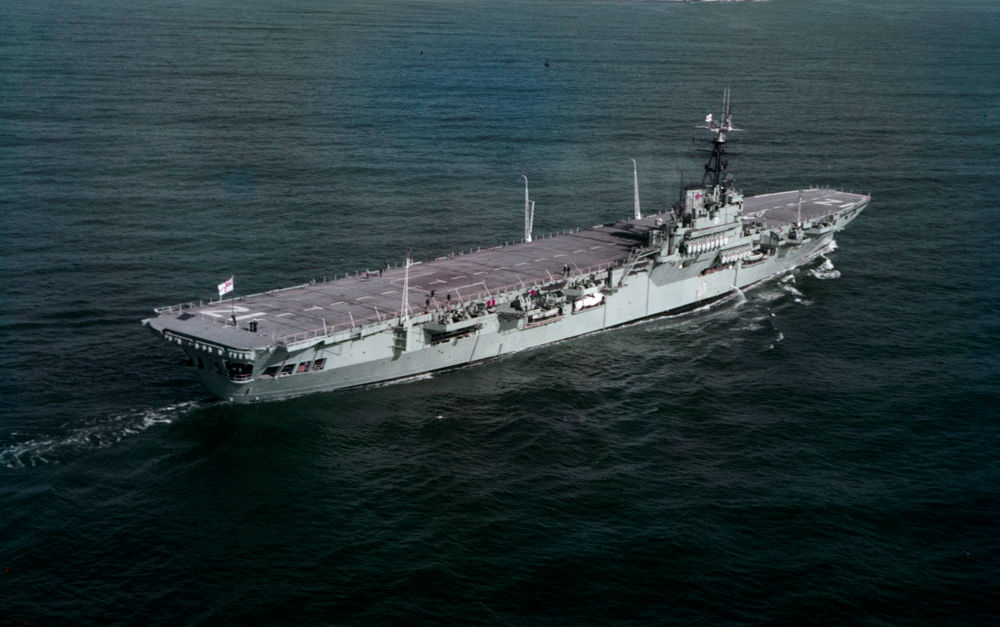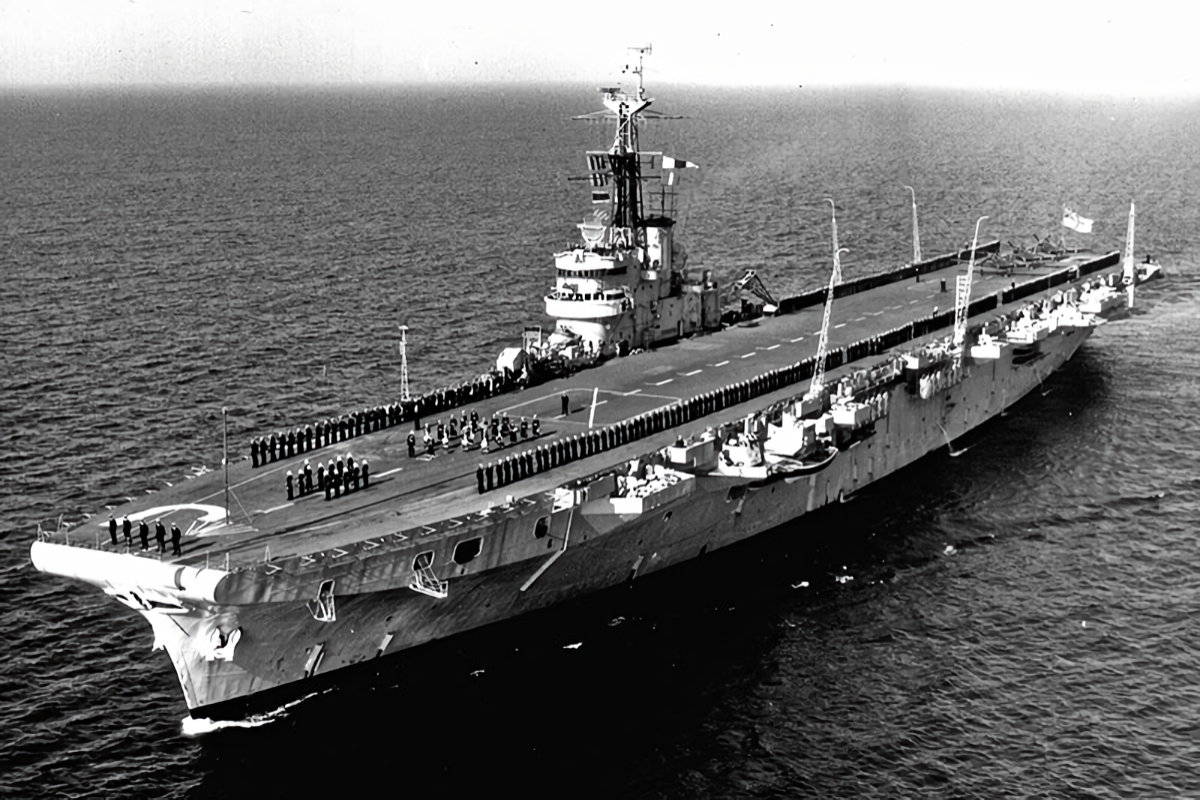Tag: aircraftcarrier
-
Canadian Aircraft Carrier HMCS Bonaventure

Canadian Aircraft Carrier HMCS Bonaventure Originally built for the British Royal Navy as HMS Powerful, HMCS Bonaventure was a Majestic-class aircraft carrier operated by the Royal Canadian Navy. Laid down on 27 November 1943 as HMS Powerful, she was incomplete at the end of the Second World War and work on her was halted. Canada… Read more
-
Canadian Aircraft Carrier HMCS Magnificent

Canadian Aircraft Carrier HMCS Magnificent HMCS Magnificent was a Majestic-class aircraft carrier operated by the Royal Canadian Navy from 1948 to 1957. Towards the end of the Second World War, Canada anticipated the need for additional and larger aircraft carriers to operated in the Pacific against Japan. At this time it crewed two British Royal… Read more
-
British Aircraft Carrier HMS Warrior

British Aircraft Carrier HMS Warrior (R31) When completed on 2 April 1945, the Colossus-class aircraft carrier HMS Warrior was lent to the Royal Canadian Navy as HMCS Warrior. She remained in Canadian hands from 14 March 1946 until 23 March 1948. Upon returning to British service, HMS Warrior was refitted at Devonport, where she was… Read more